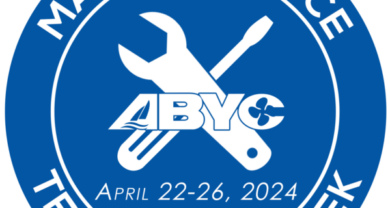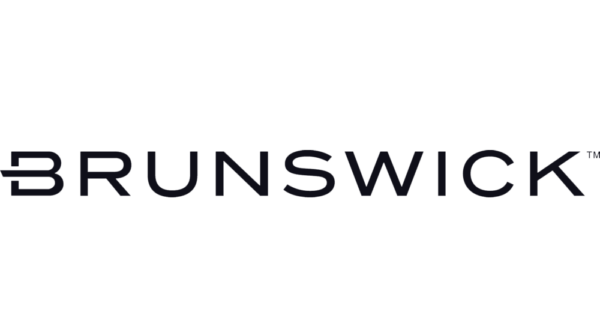Technology plays major role in engine purchase decisions
WESTLAKE VILLAGE, Calif.– Less than one-third of boat owners indicate that they thoroughly understand the benefits of different marine engine technologies available on the market today and that engine technology plays a major role in their engine purchase decision, according to the J.D. Power and Associates 2003 Marine Engine Competitive Information StudySM released at the Fort Lauderdale International Boat Show this morning.
Among the more than 10,000 boat owners who responded to the survey, only 30 percent report that they thoroughly understand the benefits of engine technologies such as direct injection, electronic fuel injection, and two and four-stroke. More than 20 percent of boaters indicate that they do not have a sound understanding of engine technologies, according to the company. While only about one-quarter of first-time boat buyers indicate that their marine engine purchase decision was impacted by technology, that number more than doubles for buyers who have previously owned a marine engine.
“Technology, particularly two-stroke direct injection (DI) and four-stroke electronic fuel injection (EFI), is having a major impact on the engines consumers shop for and ultimately purchase for their new boat,” said Eric Sorensen, director of the marine practice at J.D. Power and Associates. “The industry still has some work to do in educating consumers on the pros and cons of each of the technologies. First-time boat buyers definitely should be made more aware of the benefits of high-technology engines and the drawbacks of carbureted engines.”
The study finds that engine technology affects the engine purchase decisions of coastal fishing, pontoon and fiberglass bass boat owners to a higher degree and to runabout and express cruiser boat owners to a lesser degree.
Among the five technologies used in outboard engines, owners of new boats with four-stroke EFI outboard engines report the fewest number of engine problems, while owners of boats with two-stroke carbureted outboard engines report the most problems, the company reported.
“The four-stroke electronic fuel injection engines set the benchmark when it comes to quality,” Sorensen said. “They are very reliable, run clean and quiet, and are very fuel efficient. The trade-off is that they’re bigger and heavier, cost more and don’t accelerate as rapidly as two-strokes.”
Among the three major engine categories measured, consumers are most pleased with inboards, followed by outboards and sterndrives. Owners of ski/wakeboard boats equipped with inboard motors are not only significantly more satisfied with their engines, but also report less than one-half the number of problems than do owners of sterndrive and outboard-powered boats, stated the company.
One issue boat owners repeatedly raise is that the engine doesn’t have enough power for the size of the boat or for their overall boating needs. Under powering a boat negatively impacts some of the most important attributes, such as acceleration and cruise and top-end speed.
“Boat dealers are increasingly listening to consumers, trying to understand where and how they plan to use their new boat so they can find the proper boat/engine fit for their needs,” said Sorensen. “But there still is some work to be done. The engine impacts so many elements of the boating experience that it is absolutely vital that boat dealers make sure their customers are getting the right boat/engine package.”
High marks
Evinrude ranks highest among two-stroke outboard engines, with high marks for cruise time/range between fuel stops and lack of engine fumes. Yamaha follows Evinrude in the two-stroke engine segment rankings. Yamaha received high marks for quietness at cruising speed, ease of starting when hot and standard warranty coverage.
Yamaha ranks highest in the four-stroke engine segment for the second consecutive year. Yamaha has strong performance for ease of starting when cold and cruising speed. Honda, which follows Yamaha in the four-stroke outboard rankings, received high marks for cruise time/range between fuel stops and standard warranty coverage.
Pleasurecraft Engine Group (PCM) ranks highest among inboard engines, receiving high marks for all key engine attributes measured. Indmar, which follows PCM in the rankings, performs well in for cruise time/range between fuel stops and standard warranty coverage.
The study is based on responses from consumers who purchased a new 2002 or 2003 model-year boat between January 2002 and February 2003. Boat owners were asked about their on-the-water experience with their new outboard, sterndrive or inboard boat engines, according to the company.
Study results were calculated using an engine performance index, which includes eight engine factors: ease of starting when engine is cold; ease of starting when engine is hot; quietness of the engine at cruising speed; ability of boat to accelerate rapidly; cruising speed of boat; engine fumes; cruise time/range between fuel stops; and the standard warranty coverage of the engine.
- For more of the latest news, click here.




